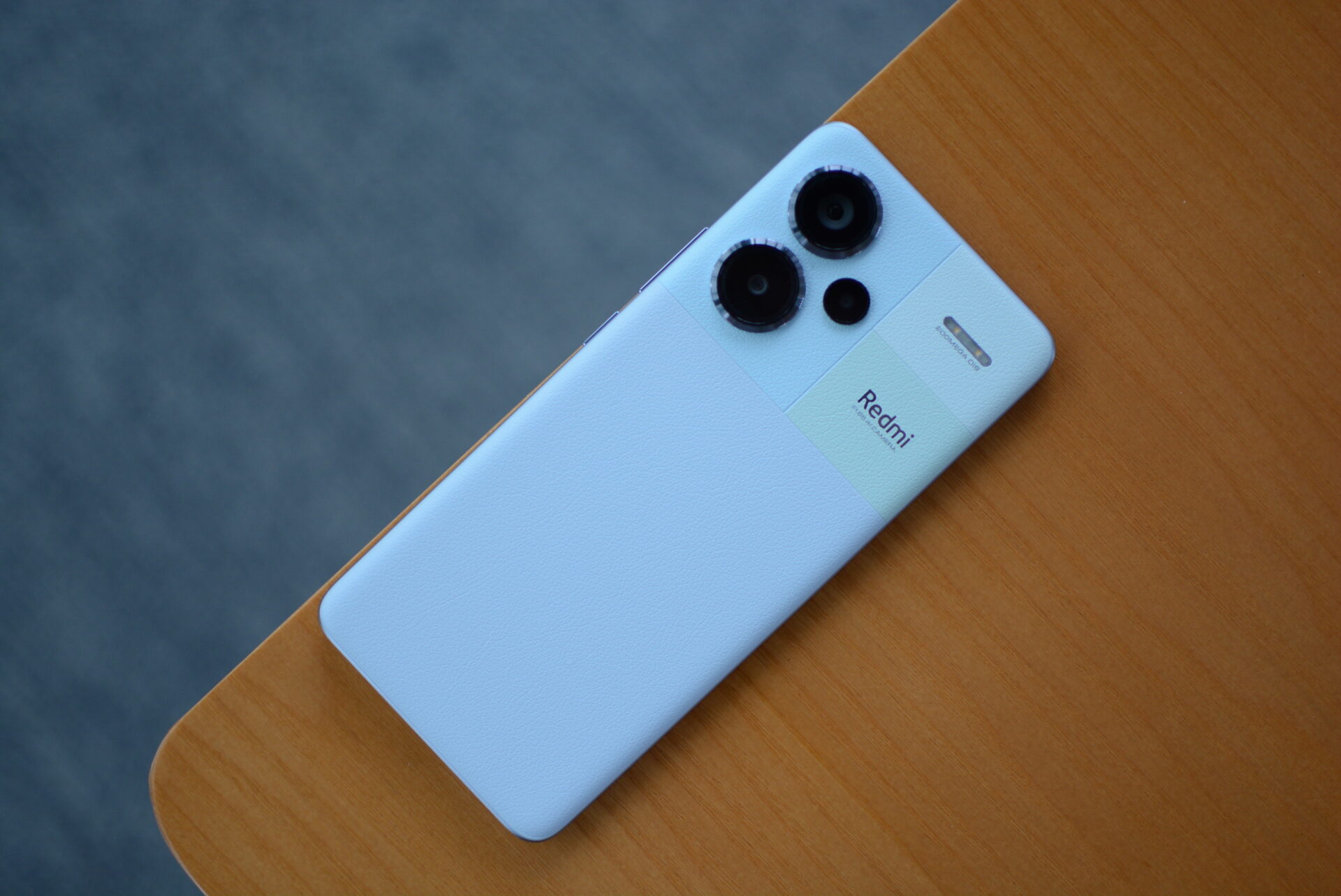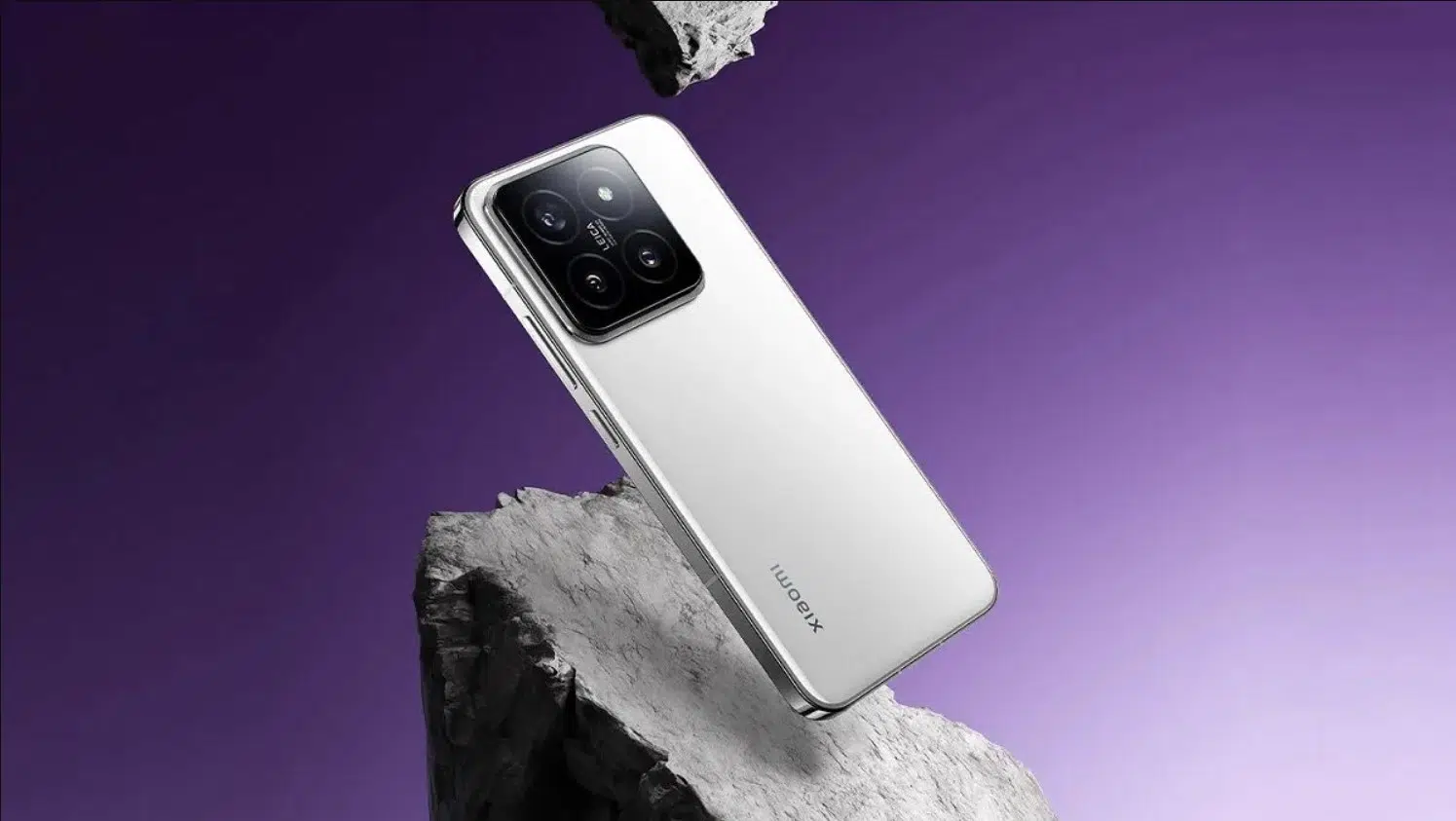In the smartphone industry, manufacturers compete with each other with cameras that offer high megapixel values. Although high megapixel values are not the only factor that indicates a good camera, they are becoming the most important criterion for users who want to take high-resolution photos or videos. In addition to megapixels, sensor size, optical properties and software-based processing technologies also play an important role in determining photo and video quality. Smartphones with high megapixel values are becoming the most important criteria for users who want to record photos and videos in high resolution.
Samsung Galaxy S23 Ultra
We can say that Samsung Galaxy S23 Ultra, Samsung’s flagship smartphone with the most advanced hardware, is the smartphone with the best camera on our list in terms of camera features. Coming with a quad camera setup, this smartphone comes with a 200MP Samsung ISOCELL HP2 sensor main camera. This main camera with f/1.7 aperture also has OIS support.
This huge main camera is accompanied by a 12MP ultra-wide angle camera with a 120° angle. The aperture is preferred as f/2.2. This smartphone, which is especially assertive in zoom, has two separate telephoto cameras. The 10MP telephoto camera with 3X optical zoom is accompanied by a 10MP periscope telephoto camera with 10X zoom. Apertures are preferred as f/2.4 and f/4.9. On the front of the device, a 12MP selfie camera with f/2.2 aperture is preferred.
This phone is as assertive as its cameras in video recording. It can record 8K@30FPS video with its rear camera and 4K@60FPS video with its front camera. In addition to these, it offers stereo sound recording, dual camera video recording, focus tracking and the ability to shoot HDR video even at 8K resolution. The camera and video recording features of the S23 Ultra are at a level that can satisfy users. Both its rear camera and front camera are among the best currently available on the market.
realme 11 Pro+
Realme 11 Pro+, one of realme’s best smartphones in the mid-high-end level, manages to attract attention with its camera features as well as its design signed by Matteo Menotto, one of the GUCCI designers. Realme 11 Pro+, which comes with a triple camera setup, has a 200MP Samsung ISOCELL HP3 main camera with an aperture of f/1.69. In addition to OIS support, this camera allows up to 4X lossless zoom.
As auxiliary cameras, an 8MP wide angle camera with a 112° angle and a 2MP macro camera were preferred to our main camera. The apertures of these cameras are f/2.2 and f/2.4. On the front of the device, a 32MP selfie camera with f/2.5 aperture is preferred.
On the video recording side, realme 11 Pro+, which can record 4K@30FPS video with the rear cameras, has 1080P@30FPS video recording at a value that may upset users a little on the front. Recording videos with the rear camera may please users, but it lags behind its competitors in its price segment. The front camera may not be enough for video recordings in daily use. Recorded videos using Optical Image Stabilizer (OIS) will be recorded in a very stable way. OIS support is one of the key advantages of the device.
Honor 90
Honor 90 is one of the best mid-range smartphones. Its most important feature is its 200MP main camera. The 200MP main camera takes very ambitious photos. The main camera, which has a 1/1.4-inch sensor, has an aperture value of f/1.9. This gives satisfactory performance in night shots. Honor 90 can also take photos in RAW format. In this way, those who want to colorize the photos themselves can use the RAW format.
Honor 90 uses a 12MP extra wide-angle camera and a 2MP depth-sensing camera as auxiliary cameras. The extra wide-angle camera has an aperture of f/2.2, can shoot with a wide angle of 112 degrees, can record photos in RAW format and can shoot macro. The third rear camera is a camera used only for bokeh effect in portrait mode. Honor 90’s front camera is 50MP. This camera has an aperture value of f/2.4. This 100-degree wide-angle camera ensures that video recordings remain stable with the digital image stabilizer.
Honor 90 is also very ambitious on the video side. The main camera can record 4K@30FPS video. This is enough to satisfy mid-level users. The camera, which tries to keep videos software-stable with EIS support, lags behind its competitors in video stabilization. The front camera is ahead of its competitors in video recording. The front camera, which can record 4K@30FPS video, can provide video stabilization in software thanks to EIS support.
Redmi Note 13 Pro+
The Redmi Note 13 Pro+ is the best device in the much-loved price-performance Redmi Note series. For its price, Redmi Note 13 Pro+ offers some pretty ambitious camera features. The main camera of the Redmi Note 13 Pro+ utilizes the Samsung ISOCELL HP3 Sensor with 200MP. The camera comes with Optical Image Stabilizer (OIS) support, has an aperture of F/1.65 and is 1/1.4-inch in size. This gives it better low-light performance than its competitors.
The main camera, which has a 4x lossless zoom, can take photos in RAW format. This is an important feature for editors who like to play with the colors of photos.The auxiliary cameras of the Redmi Note 13 Pro+ consist of 8MP and 2MP cameras. The 8MP camera is used for extra wide-angle shots, while the 2MP camera is used for Macro shots. The front camera of the Redmi Note 13 Pro+ uses a 16MP camera.
Redmi Note 13 Pro+ offers features that can compete with its competitors in video shooting. Redmi Note 13 Pro+, which can record 4K@30FPS videos with its main camera, can record videos in a very stable way thanks to OIS support. In addition, Redmi Note 13 Pro+ can record slow motion videos up to 1080P@120FPS. The front camera of the Redmi Note 13 Pro+ can record videos up to 1080P@60FPS. This shows that it can compete with its rivals. The front camera can record HDR video and can also record portrait video. This shows that we can use the bokeh effect in video recordings.
Infinix GT 10 Pro
Infinix GT 10 Pro smartphone, launched for gamers, can compete with its rivals in terms of camera. The main camera of Infinix GT 10 Pro uses a 108MP sensor with f/1.75 aperture value. The main camera of the Infinix GT 10 Pro is accompanied by two 2MP cameras. The second camera is a depth camera with f/2.4 aperture. The third camera is a macro camera with f/2.4 aperture.
The front camera of the Infinix GT 10 Pro uses a 32 MP camera with f/2.45 aperture. Unlike its competitors, the front camera has an LED flash. This means that you can light your face better in selfies. You can also take impressive portrait photos with the front camera.
Infinix GT 10 Pro offers several advantages over its competitors when it comes to video recording. It can record 4K@30FPS video and comes with EIS support. This provides software video stabilization. The device, which can record 1080P@120FPS slow motion video, offers superior features in terms of recording video with the front camera. The device, which can record 1440P@30FPS video, offers an important feature for those who want to record videos with the front camera.
Smartphone cameras are improving day by day. These devices, which we currently describe as “World’s highest megapixel cameras”, will become much more common in the future and better ones will be developed. Cameras are improving with the development of technology. This means that in the future, professional shooters will only need to carry their smartphones instead of carrying large cameras or cameras.
Image Source: Bootechnoid













